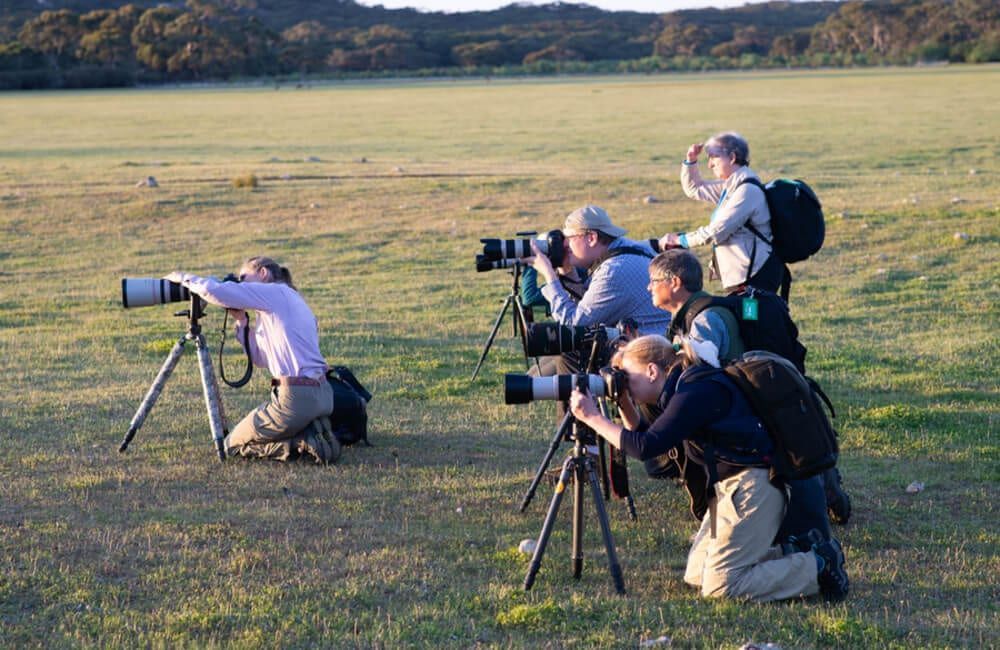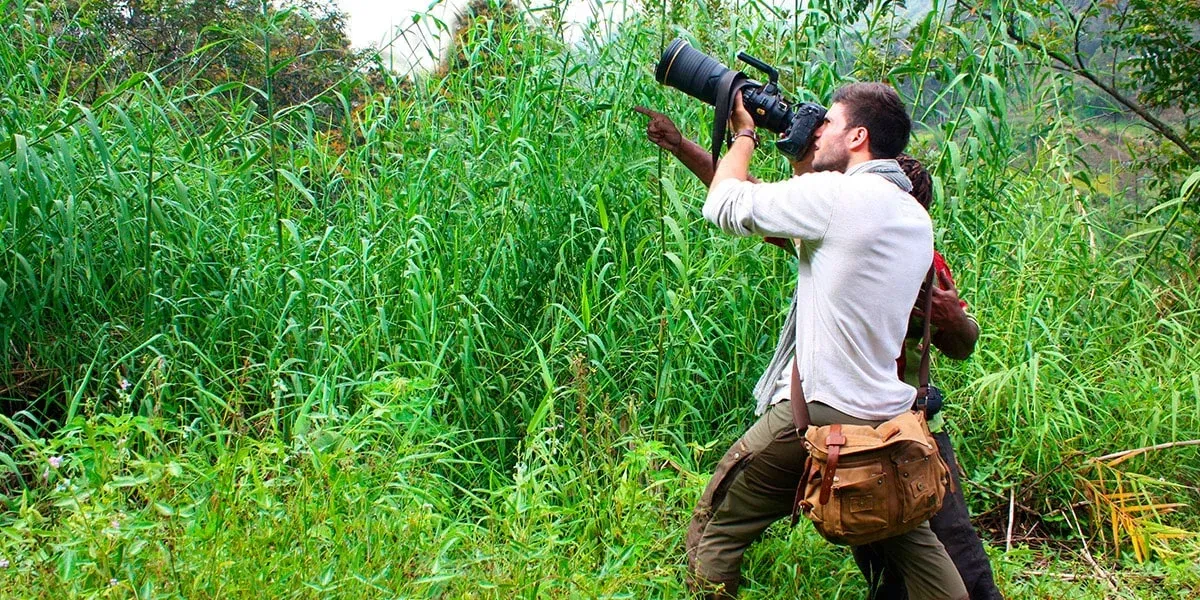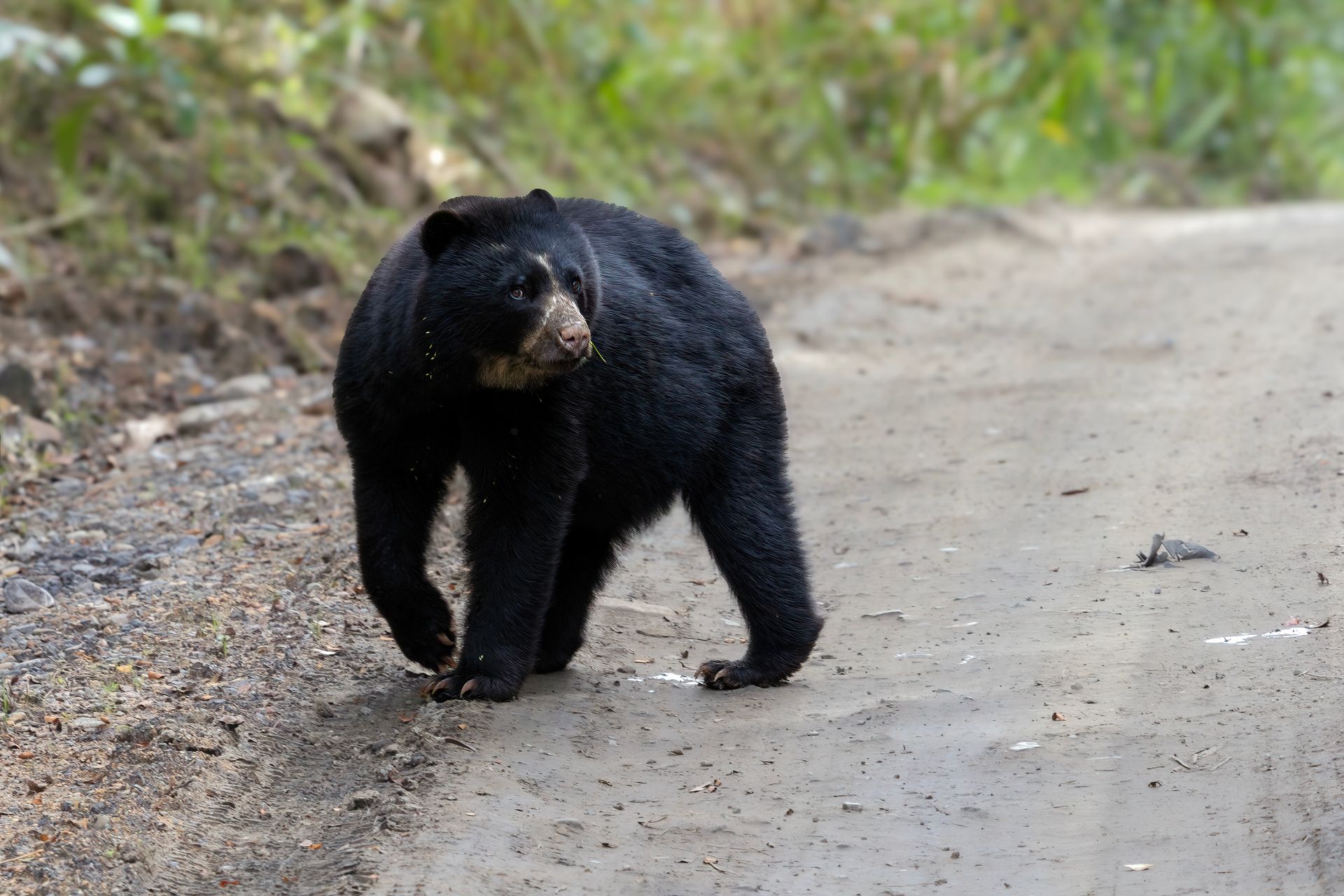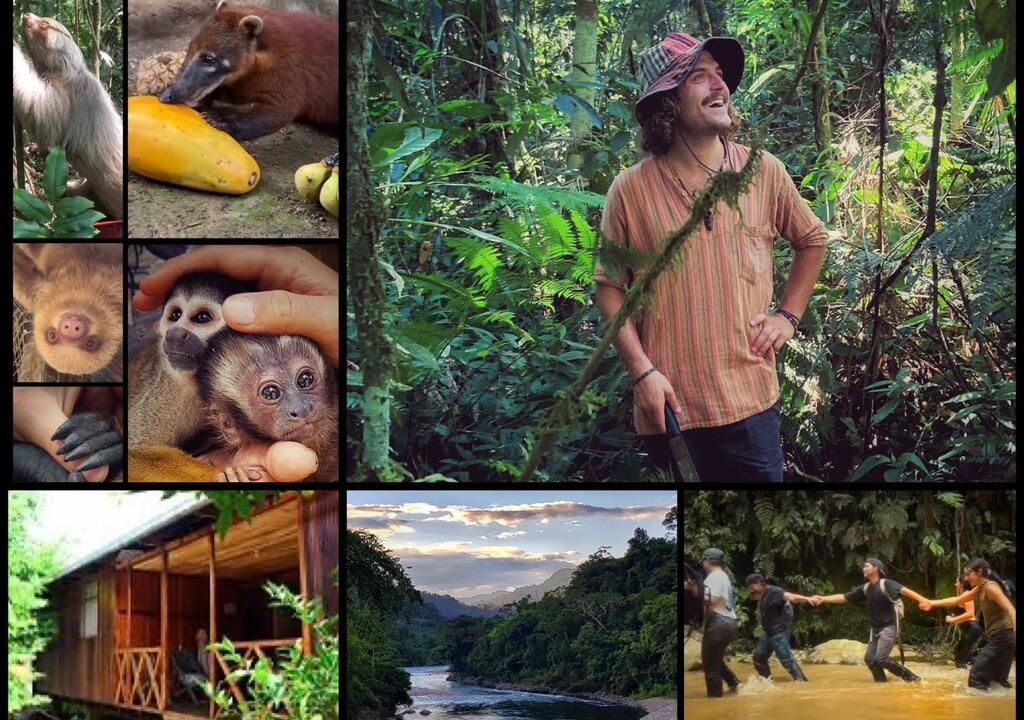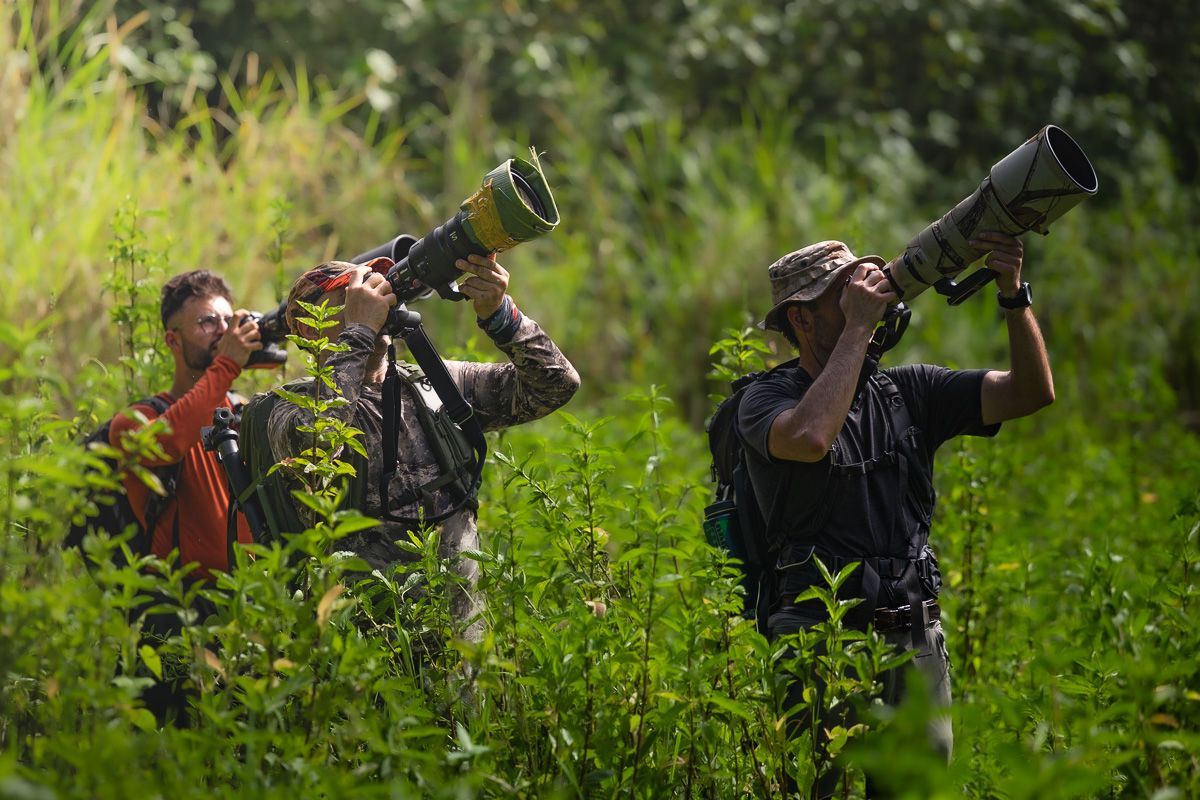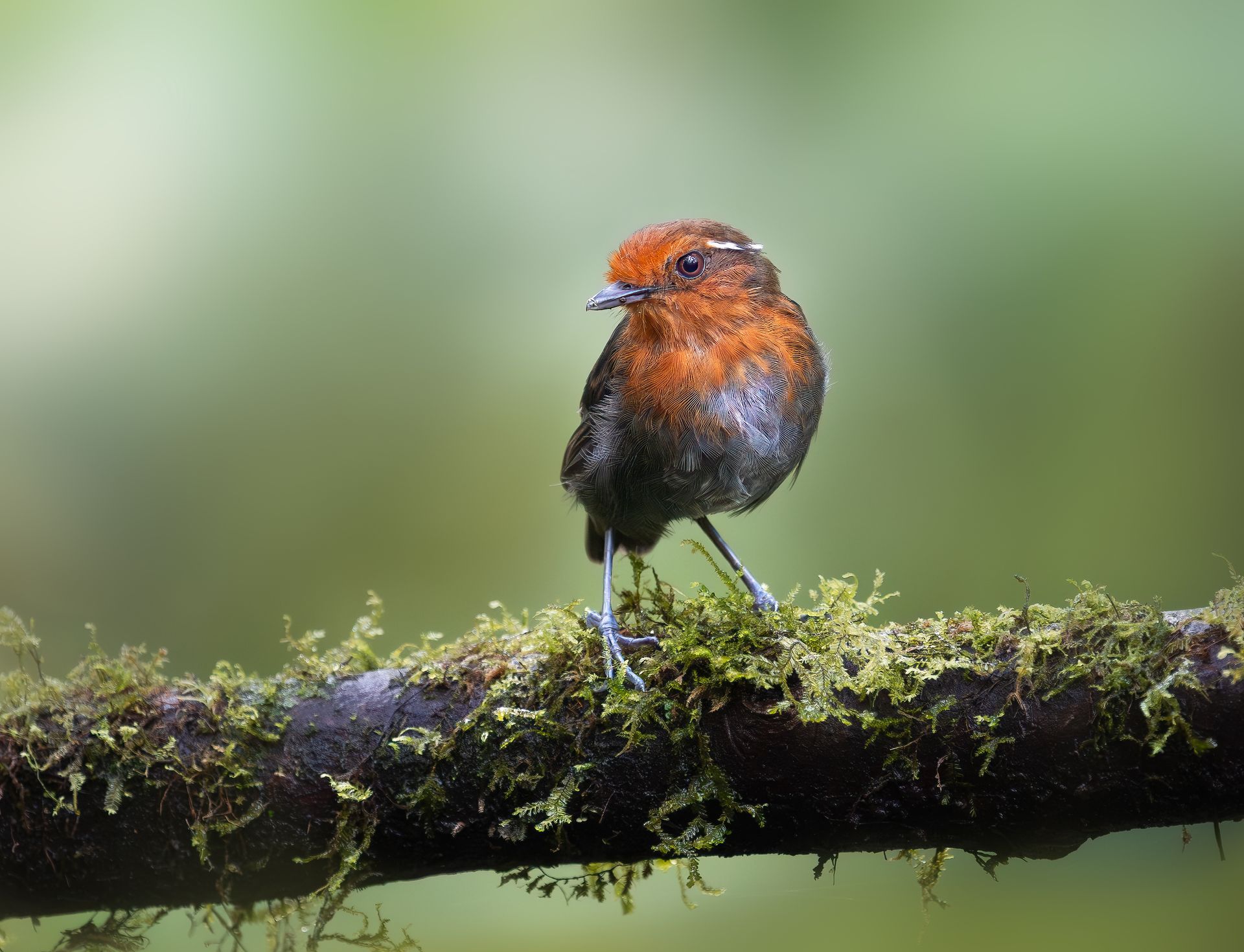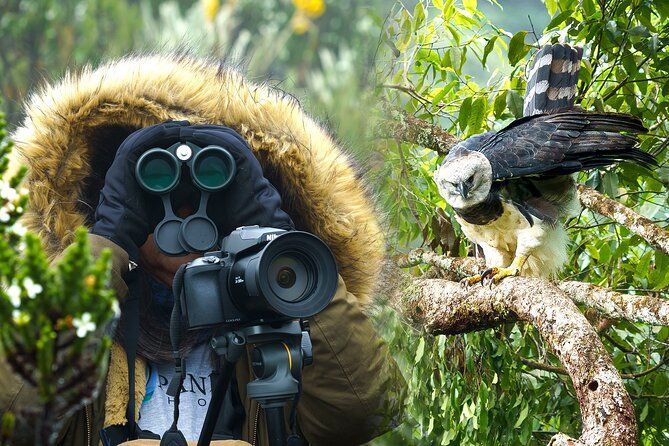How to Prepare Your Gear for Tropical Photography Expeditions
Shooting in tropical environments is an exhilarating experience — rich with color, movement, biodiversity, and life. In places like Colombia’s Amazon, Pacific coast, or Caribbean rainforests, photographers encounter everything from misty waterfalls and howler monkeys to vibrant birds and hidden orchids. However, the tropics are also humid, wet, hot, and unpredictable — making it essential to prepare your gear properly.
Whether you're an amateur enthusiast or a seasoned travel photographer, understanding how to prep your equipment for Colombia’s tropical conditions can make or break your expedition. In this guide, we’ll walk you through what gear to bring, how to protect it, and smart habits to help you get the shot without damaging your tools.
1. Understand the Tropical Challenges First
Before you even pack your bag, it’s important to know what you’re up against in a tropical expedition:
- High humidity can cause condensation on lenses and even internal fogging inside your camera body or lens.
- Frequent rain, especially sudden downpours, can easily soak unprotected gear.
- Heat and sweat can lead to moisture build-up inside camera bags.
- Insects and dust may seem minor, but over time they can harm sensitive parts like buttons, lens rings, and ports.
- Remote locations often mean no access to electricity, replacements, or repairs — so self-sufficiency is critical.
Now let’s look at how to prepare and protect your gear for these conditions.
2. Choose the Right Camera Gear for the Tropics
Not every camera setup is suited for tropical exploration. Consider the following when choosing what to bring:
- Weather-sealed DSLR or mirrorless cameras are highly recommended. Many mid-range and pro-level models from Canon, Nikon, Sony, and Fujifilm offer decent weather sealing.
- Fast lenses with wide apertures (f/2.8, f/4) are great for low-light jungle conditions.
- Telephoto zoom lenses (like 70–200mm or 100–400mm) are perfect for wildlife photography.
- Wide-angle lenses are excellent for capturing the scale of landscapes, waterfalls, and dense forests.
- Lightweight gear is a plus. Tropical trekking often involves steep trails, river crossings, or canoe rides, so every kilo matters.
If you’re using entry-level equipment, don’t worry — the right protection and handling can still keep your gear safe.
3. Waterproof and Humidity Protection Essentials
Water and humidity are your gear’s biggest enemies in the tropics. Here’s how to defend against them:
- Dry Bags: Use dry bags or waterproof roll-top packs to store cameras and accessories. They're especially handy in boats or heavy rain.
- Rain Covers for Cameras: These are must-haves. Cheap plastic sleeves work in a pinch, but dedicated rain covers offer better usability.
- Silica Gel Packs: These little moisture-absorbing packets help fight condensation. Place them in your camera bag, lens cases, and battery containers.
- Lens Cloths and Towels: Carry multiple microfiber cloths and one soft towel. You’ll need them more often than you think.
Pro Tip: Always have a small towel or shammy ready when shooting near waterfalls or in foggy, humid forests — lenses fog up fast!
4. Organize Your Camera Bag for Quick Access
Your camera bag setup can make all the difference when you need to shoot quickly in unpredictable conditions. Here’s how to stay efficient:
- Use compartments or cubes to separate gear inside waterproof bags.
- Keep your go-to lens attached to minimize lens swapping in damp air.
- Store memory cards in sealed hard cases to keep them dry and organized.
- Place spare batteries in ziplock bags with silica gel to reduce moisture buildup.
In high humidity, even opening your bag lets in damp air — so be intentional about when and where you do it.
5. Manage Condensation the Right Way
Tropical humidity can fog your lens or camera sensor — especially when moving from cold, air-conditioned places into warm outdoor air. To prevent this:
- Place your camera in a sealed plastic bag while indoors, and let it gradually adjust to outside temperature before opening it.
- Let gear sit in the bag for 20–30 minutes to reduce shock from temp changes.
- Avoid lens-swapping in moist environments unless absolutely necessary.
Condensation isn’t just annoying — it can damage internal components if it gets trapped.
6. Power and Storage Considerations
Remote tropical areas in Colombia may have limited access to electricity. Plan accordingly:
- Bring extra batteries, especially if you’re using power-hungry features like image stabilization or 4K video.
- Use solar chargers or power banks rated for camera use if you're heading into multi-day jungle treks.
- Bring more memory cards than you think you’ll need, and store full ones in waterproof cases.
Daily photo reviews help, but don’t rely on offloading every night unless you’re certain you’ll have reliable power.
7. Travel Light — But Smart
Here’s a recommended gear list for a tropical photography expedition in Colombia:
- Main camera body (preferably weather-sealed)
- Backup camera or compact camera
- Wide-angle lens
- Telephoto zoom lens
- Rain covers for camera and bag
- Lightweight tripod (carbon fiber preferred)
- Multiple microfiber cloths and one small towel
- Lens blower and brush
- Silica gel packets
- Plastic bags and ziplocks
- Waterproof SD card case
- Extra batteries and memory cards
- Dry bag for travel transitions (boats, rain, etc.)
- Insect repellent and sunscreen (for yourself — not the gear!)
8. Don’t Forget Personal Comfort and Safety
Photographing in the tropics can be physically demanding. Prepare yourself just as well as your camera:
- Wear breathable, quick-dry clothing.
- Use waterproof hiking shoes with good grip.
- Pack lightweight rain gear and a hat.
- Stay hydrated and take breaks in the shade when needed.
- Protect your skin and gear from insects using DEET-free repellent.
A healthy, comfortable photographer is far more productive than one who’s overheated or bitten up.
9. Backup and Safety for Your Files
Backing up images in the field is tricky in humid, remote areas. Here are your best options:
- Dual memory card slots — record RAW to one, JPEG to the other.
- Use a portable SSD with card reader if traveling with a laptop.
- Back up to a cloud service if Wi-Fi is available at your lodges — but don’t count on it.
- If nothing else, store used SD cards separately from your gear, just in case of loss or damage.
10. Practice Before You Go
Get familiar with your gear at home before hitting the field. Try setting up in the rain or fog (safely), adjust your settings with gloves on, or practice changing lenses quickly. The more confident you are in your setup, the more you can focus on creativity and storytelling once you’re in the jungle.
Final Thoughts: Be Ready, But Stay Flexible
Tropical photography isn’t just about surviving the conditions — it’s about embracing them. The mist, the light beams through trees, the sudden burst of rain — these moments create unforgettable images. With the right preparation, your gear will be ready to meet Colombia’s wild beauty head-on.
At Retorno Photo Tours, we help you prepare, guide you through the environment, and support your technical growth — so you can focus on what matters: capturing the soul of the tropics through your lens.



